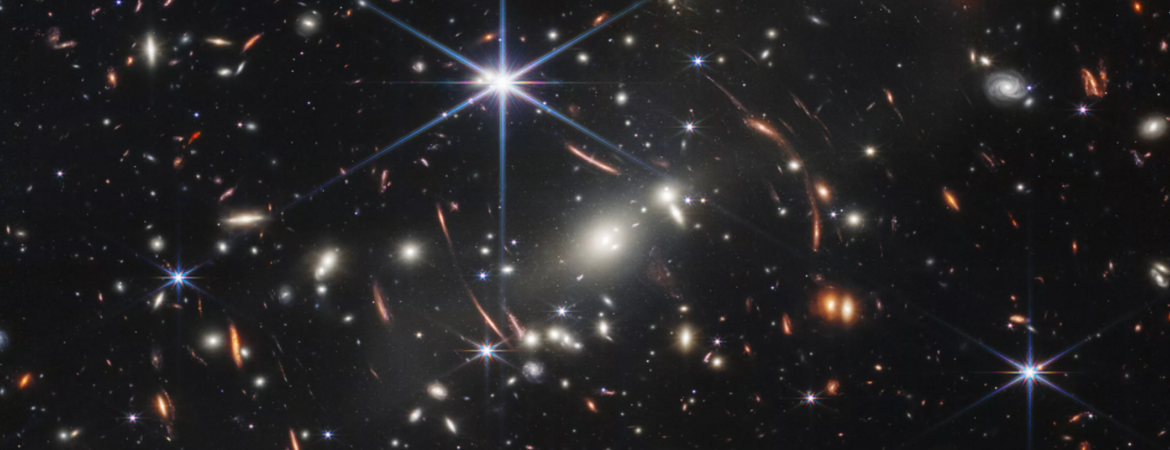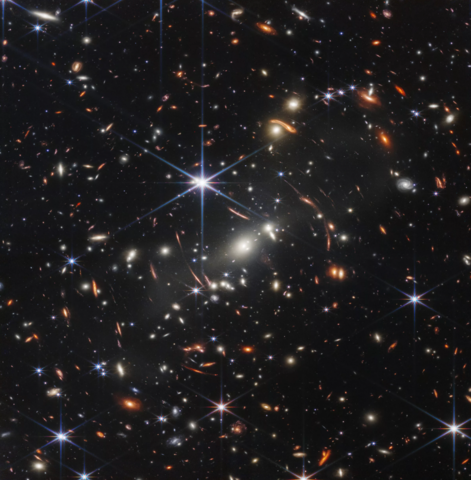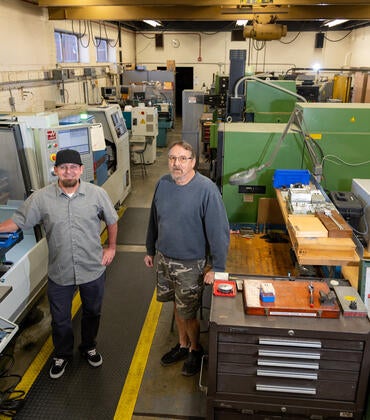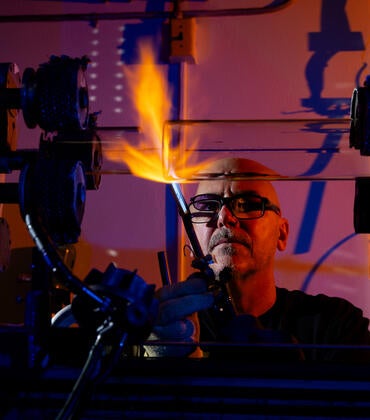The James Webb Space Telescope, or JWST, which was launched on December 25, 2021, has been delivering spectacular images this week, including those of a “stellar nursery” and a “cosmic dance.”
“After nearly 30 years of hard work, numerous problems, huge expense, a perfect launch and six months of preparation and calibration, the JWST has now opened its windows to the universe,” said Bahram Mobasher, a professor of observational astronomy at UC Riverside, who is currently attending a team meeting in Paris, France, to discuss plans for the COSMOS-WEB program, including how JWST data can be used.
The COSMOS-WEB program is being led by Jeyhan Kartaltepe of Rochester Institute of Technology and Caitlin Casey of the University of Texas at Austin. It is an extension of the COSMOS program, one of the largest single programs awarded time on the Hubble Space Telescope. Mobasher is one of the founders of the COSMOS program. The COSMOS-WEB program, which will be executed in December 2022, has the largest allocation of JWST observing time so far. Besides Mobasher, his students and postdoctoral researchers are involved in the program.
Goals of the COSMOS-WEB program include the study of the properties of galaxies as a function of their environment, detecting the filamentary structure of galaxy distribution, searching for the most distant galaxies in the epoch of re-ionization, and studying the morphology of galaxies and the origin of the morphologies.
Mobasher has contributed to the COSMOS program by making photometric catalogs of galaxies that opened fresh directions in research, such as large-scale structure studies for understanding the distribution and clustering of galaxies as well as searches for the most distant galaxies. His group identified filamentary and cluster structures and helped identify the first clusters in the universe. He was also heavily involved in spectroscopic observations of galaxies.
This week, the JWST released the deepest images of the universe seen by humankind. One of these is of the galaxy cluster SMAC 0723, which is 4.6 billion light years away.
“Because of their huge mass and hence gravity, these clusters will curve space-time in their vicinity and deflect light coming from objects behind them,” Mobasher said. “This causes magnification of light from objects behind the cluster — an effect called “gravitational lensing” — by focusing the light in a single point, resulting in an augmentation of fluxes and the detection of very faint objects that were otherwise impossible to see.”

Mobasher explained that this ultra-ultra-deep field contains some of the most distant galaxies whose light has travelled for ~13.6 billion years to reach us, starting its journey when the universe was only 200 million years old.
“These are therefore among the very first galaxies formed in our universe,” he said. “The study of these ‘toddler’ galaxies will reveal how the first seeds of galaxy formation were implanted and galaxies came to be what we see today.”
According to Mobasher, such data from the JWST may well change astronomy textbooks.
“We may have to rewrite them,” he said. “If spending a few hours on the JWST can produce such data, you can imagine what one would get spending more exposure time. The most interesting discoveries in my view are those that we do not expect and cannot think about now.”
Mobasher is among many astronomers who believe the excitement over the JWST images far exceeds the excitement when Hubble made its first observations.
“The sharpness, depth, resolution, and density of galaxies we see are astonishing,” he said. “We can now see a significant number of galaxies that are not detected in Hubble images but are detected by the JWST. This, by itself, is a great discovery.”
Mobasher, who was recently ranked among the top 1000 scientists in the area of physics, has also been awarded JWST time along with John Weaver at the Dawn Institute in Copenhagen, Denmark, on a different program to confirm candidates for the first generation of galaxies formed in the dawn of time, 200 million years after the beginning of the universe.





